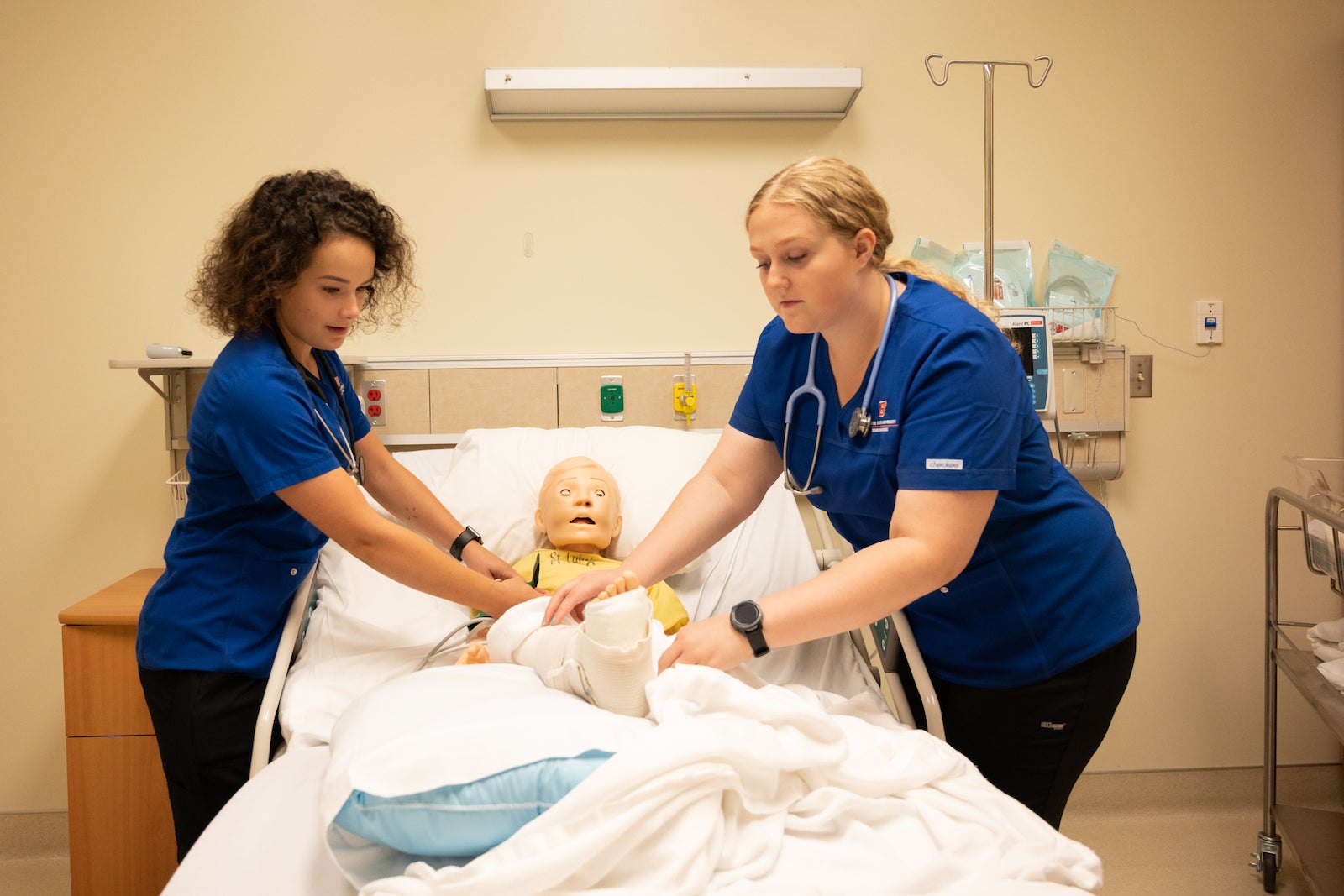
According to the United States Department of Health and Human Services, 677,529 children were substantiated victims of abuse or maltreatment in the United States in the 2018 fiscal year; 71,140 of these cases were reported by healthcare professionals, who are considered mandatory reporters.
Pandemic-related closures of schools and businesses mean many mandatory reporters, including teachers, day-care workers and coaches, are no longer in contact with potential child victims. The Idaho Child Abuse Hotline has seen significant drops in child abuse reports, beginning during the state-wide stay-at-home order instituted by Gov. Brad Little in late March (Prechtl, 2020).
A decrease in hotline reports doesn’t mean a decrease in cases. Several states are seeing more cases of child abuse requiring hospitalization, with increases correlating with quarantine and stay-at-home orders (Woodall, 2020). Many nurses are closely involved in delivering care to children and families, and are therefore well-positioned to identify and report cases of child abuse or maltreatment (Lines, Hutton, & Grant, 2017).

Karen Godard, clinical associate professor in the School of Nursing, has worked with children in a clinical setting for 40 years and now instructs student nurses on identifying and preventing child maltreatment. She worked as a nurse practitioner in Austin, Texas, before coming to Idaho in 2007. For 12 years, she worked with Idaho Health and Welfare child and family services and social workers to identify and report child abuse and maltreatment, working closely with children in foster care for the last seven years.
In fall 2018, she began teaching her Child Maltreatment in Healthcare course in the School of Nursing’s RN-BS undergraduate track. This track is designed for working, licensed registered nurses (RNs) returning to school to earn a bachelor’s degree; in addition, unlicensed students can dual-enroll from local associate’s degree programs to earn their bachelor’s degree. The course can be taught entirely online, and will be offered this fall semester.
Marilyn O’Mallon is the program director of the RN-BS track, as well as the chair of the National Webinar Committee for the American Association of Colleges of Nursing (AACN). She invited Godard to present on the course topic and curriculum to the AACN Faculty Leaders Network.
Over the course of five weeks, Godard’s students are introduced to the topic, study the prevalence of child maltreatment in the United States; long-term individual and community health effects of children, nursing role and the ethical-legal responsibility as a mandatory reporter. Her students complete the Darkness to Light: Stewards of Children certificate program. The program is available to any adult, 18 years or older, and provides education on the topic and how to identify, respond, and prevent child sexual abuse.
Students also complete a reflection assignment at the end of the five weeks, which is used to help faculty evaluate the success of the course and make changes to course material as needed. In one reflection, a student said, “How to process a rather emotional and detrimental case was left out of our training. I saw [this class] as an opportunity to better prepare myself to care for vulnerable or maltreated children in my future career as an emergency department RN.” To date, 508 student nurses have taken this course, and an additional 120 will have completed it by the end of the summer.
This course is currently offered in the undergraduate RN-BS track, and there is some discussion of child maltreatment and reporting in the undergraduate Child and Family Nursing course. Though no official plans have been made to do so, Godard hopes to work alongside other faculty to expand her course to other tracks and programs in the School of Nursing.
References
Lines, L. Hutton, A. & Grant, J. (2017). Integrative review: nurses’ roles and experiences in keeping children safe. Journal of Advanced Nursing. 73(2): 302-322.
Prechtl, J. (2020). Calls to Idaho child abuse hotline down nearly 39% during coronavirus pandemic. KTVB7.
US Department of Health and Human Services, Administration for Children and Families, Administration for Children, Youth, and Families, Children’s Bureau. (2018). Child Maltreatment 2018.
Woodall, C. (2020). As hospitals see more severe child abuse injuries during coronavirus, ‘the worst is yet to come’. USA Today.